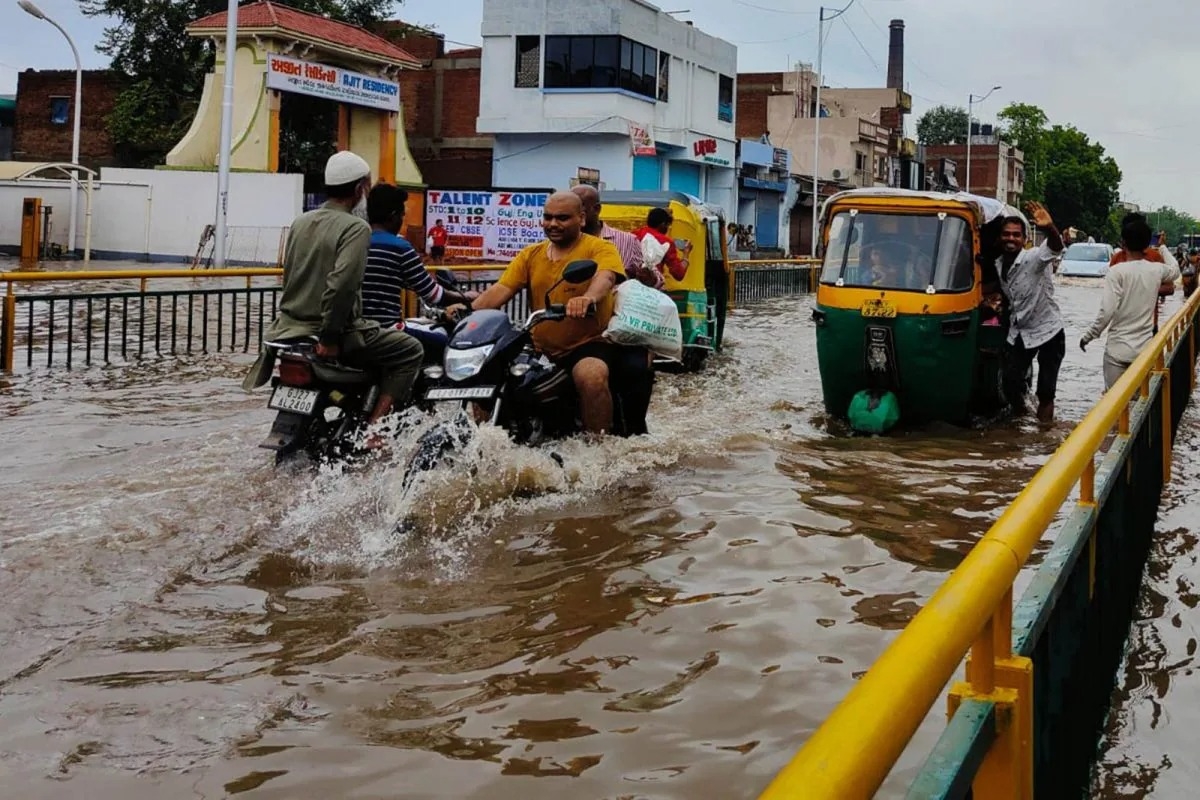In a first, scientists from Brown University, US, have created a map of the water trapped in the uppermost layer of the Moon's soil -- which may prove useful to future lunar explorers -- using data from an instrument aboard India's Chandrayaan-1 spacecraft.
The study builds on the initial discovery in 2009 of water and a related molecule called hydroxyl, which consists of one atom each of hydrogen and oxygen, in the lunar soil.
Scientists used a new calibration of data taken from NASA's Moon Mineralogy Mapper, which was aboard Chandrayaan-1 spacecraft, to quantify how much water is present on a global scale. "The signature of water is present nearly everywhere on the lunar surface, not limited to the polar regions as previously reported," said Shuai Li, former PhD student at Brown University, according to PTI.
In a first, scientists from Brown University, US, have created a map of the water trapped in the uppermost layer of the Moon's soil -- which may prove useful to future lunar explorers -- using data from an instrument aboard India's Chandrayaan-1 spacecraft.
The study builds on the initial discovery in 2009 of water and a related molecule called hydroxyl, which consists of one atom each of hydrogen and oxygen, in the lunar soil.
Scientists used a new calibration of data taken from NASA's Moon Mineralogy Mapper, which was aboard Chandrayaan-1 spacecraft, to quantify how much water is present on a global scale. "The signature of water is present nearly everywhere on the lunar surface, not limited to the polar regions as previously reported," said Shuai Li, former PhD student at Brown University, according to PTI.








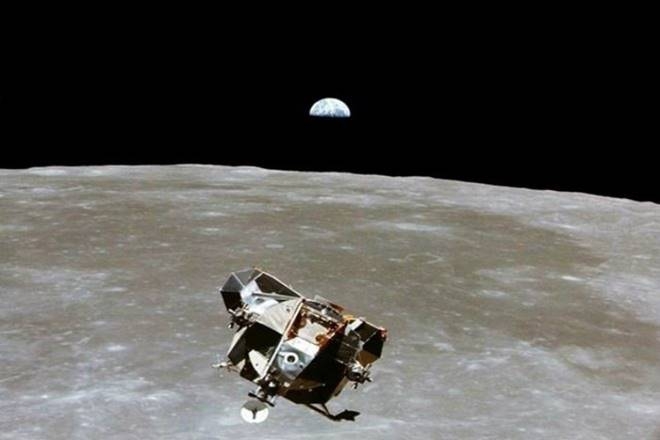

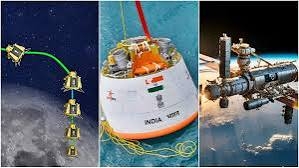
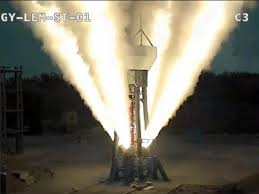

387.jpeg)
331.jpeg)
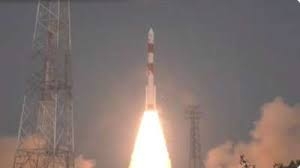
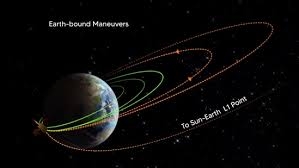
185.jpeg)
445.jpeg)





